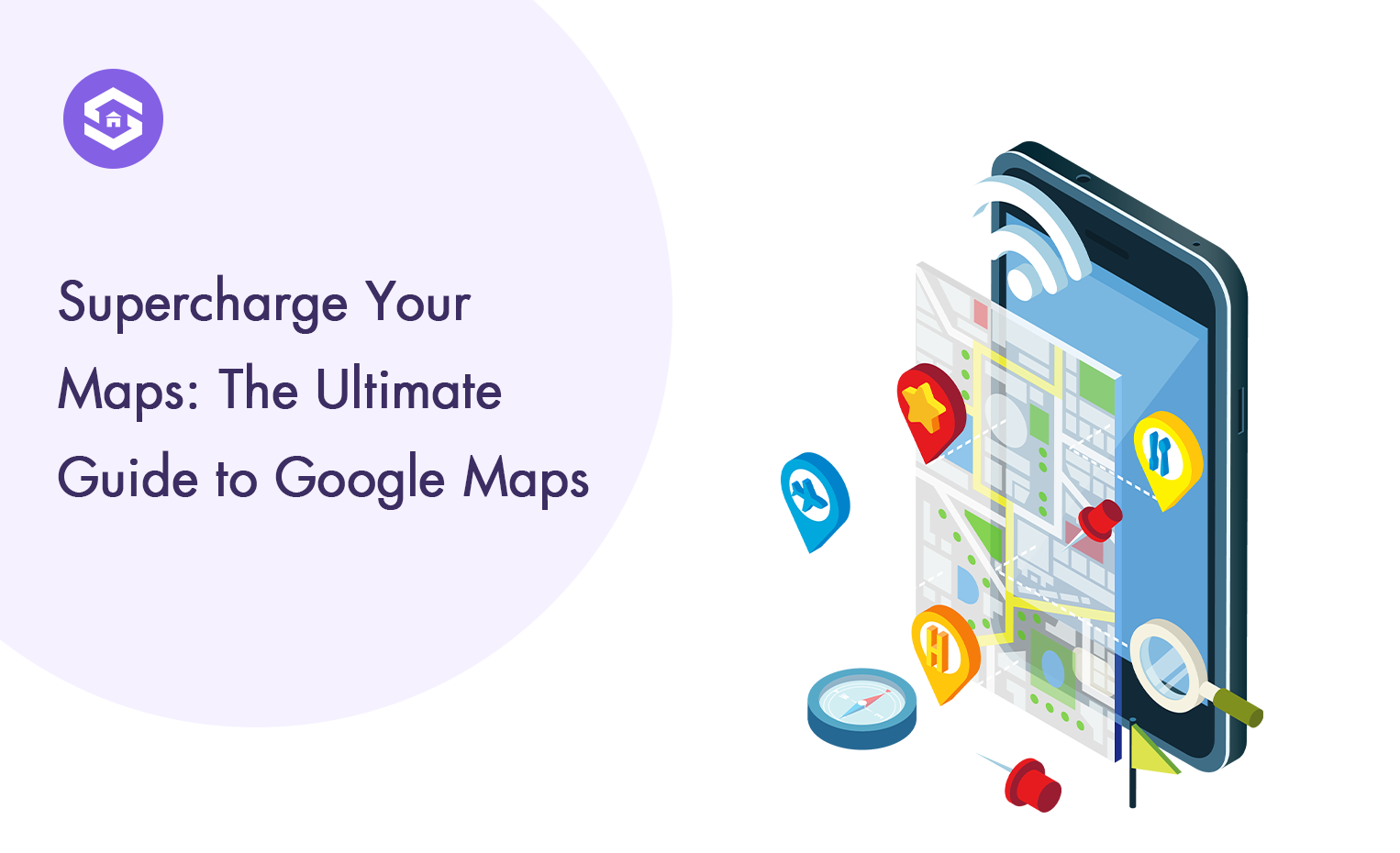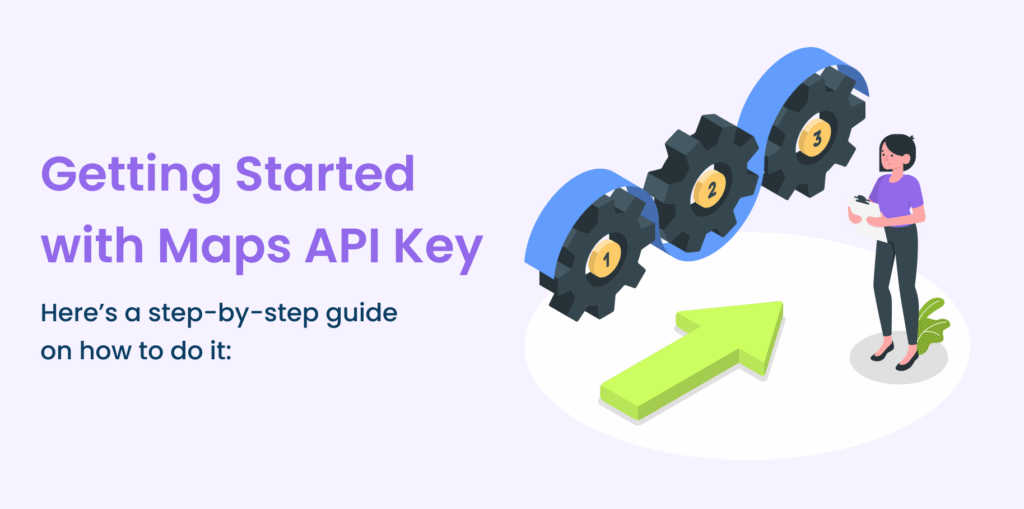Unlock Your Project’s Potential: A Beginner’s Guide to Maps API Keys
9 min read
9 min read

Table of Contents
Table of Contents
How to Get Maps JavaScript API Key Welcome to the world of digital mapping! Whether you’re a developer eager to incorporate maps into your apps, a business proprietor trying to enhance location-based services, or simply a tech enthusiast, understanding the necessities of Maps API keys is incredibly important. Essentially, these keys serve as a bridge between the extensive capabilities of mapping services and your applications, thereby unlocking the strength of geolocation and much more. So, let’s dive into the essentials and, furthermore, discover ways to navigate this key component in digital mapping solutions.
An API key is a code passed via computer programs calling an API (Application Programming Interface) to identify the calling program, its developer, or its user to the website. Moreover, API keys are used to track and control how the API is being used, for instance, to prevent malicious use or abuse of the API. Additionally, the key is a unique identifier used to authenticate requests associated with your project for usage and billing functions.
A Global API Key is critical because it simplifies the method of dealing with packages that are deployed across various regions or globally. This kind of key ensures that developers can get access to all geographic regional records and services an API provides without having to manage multiple keys. It complements overall performance, reduces latency in information getting right of entry, and promotes a more streamlined workflow in developing and maintaining programs. Understanding the strategic importance of a global API key ensures your software functions effectively worldwide. This is crucial for services targeting an international audience.

To start using the Maps JavaScript API from Google, you’ll need to first create a project in the Google Cloud Platform Console, enable the API, and obtain a key. Here’s a step-by-step guide on how to do it:
1. Go to the Google Cloud Platform Console.
2. Create a new project by clicking on the assignment drop-down menu in the top left corner.
3. Select ‘New Project’, and comply with the on-display screen activates to install a brand new project.
4. Navigate to ‘APIs & Services’ at the left sidebar after which to ‘Library’. Search for ‘Maps JavaScript API’ and allow it.
5. Create credentials with the aid of navigating to the ‘Credentials’ tab at the left sidebar. Click on ‘Create Credentials’ and select ‘API key’. Your new API key will be displayed, and you can restrict it as consistent with your wishes by clicking on the
Remember to keep your Maps API key secret and never expose it in publicly accessible areas such as GitHub, client-side code, etc.
Securing your API key is crucial to preventing unauthorized access and misuse. Here are some tips to help you secure your Maps API key:
By implementing these security measures, you can help ensure that your API key is protected against unauthorized use and potential security breaches.
API testing is a type of software program that involves checking APIs to verify they perform as expected, making sure they meet reliability, performance, and safety standards. The primary focus of API testing is to observe the functionality, overall performance, security, and reliability of APIs that your application makes use of. Unlike person interface trying out, API checking out is accomplished on the message layer and might validate application logic very quickly and efficiently. Here are some of the key components of API testing:
Maps APIs offer a myriad of functionalities that are crucial for developers looking to integrate mapping features into their applications. From basic map displays to advanced geographic data services, understanding these features can greatly enhance the user experience and functionality of any app.
API tokens securely create API requests on behalf of a user and expire after a set period. Unlike long-lived API keys, tokens are designed to be short-lived and can be regenerated over time. Use tokens to secure API requests by way of encapsulating the security details and restricting the information that can be accessed with every request. Tokens are effective in environments where multiple users access data through the same application. They ensure each user’s interaction is secure and private.
Maps API keys are the backbone of interacting with Maps APIs, and optimizing their usage can significantly enhance the functionality and user experience of your applications. Here are some tips on optimizing zoom levels, leveraging map data, and enhancing map functionality through smart API integration.

Choosing the right zoom levels could make a big difference in how users interact together with your map-based application. Zoom levels determine how a lot of the map is seen and can be vital for providing the proper context to your users. Here are a couple of techniques for optimization:
Optimizing zoom for different devices and screen sizes also ensures that the map is useful and intuitive, regardless of how users access your app.
Maps are rich data sources that can provide valuable insights into user behaviour and geographical trends. Consider these approaches:
By analyzing how users interact with your map, you can discern usability improvements and tailor your services more effectively.
Integrating your Maps API with other APIs can exponentially increase the functionality of your applications. Here are some beneficial integrations:
Through those integrations, not only does the value of your utility increase, but, it also will become more necessary to the user. By leveraging the total variety of capabilities that APIs provide, you may create an extra effective, useful, and engaging map-based total application.
In the digital age, getting access to robust mapping solutions can significantly enhance the capability and user experience of your applications. We covered the basics of obtaining and using a Maps API key, understanding requests, and managing limits. These fundamentals are crucial for effective usage. Remember, the key to achievement with APIs lies in persistent learning and adaption.
Always monitor your use, optimize your requests, and stay updated with the latest features and guidelines. Whether you plan on enhancing geolocation tracking, route planning, or simply displaying dynamic maps, a Maps API key is your gateway to creating more interactive and useful applications with the Google Maps API.
To secure your Maps API key, you should restrict its usage to specific websites, IP addresses, or mobile apps. Regularly monitor usage and regenerate the key if you suspect any unauthorized access.
To use the Maps API key, you need to include it in your API requests. For example, when using the Maps JavaScript API, you add the key to the script URL as a query parameter.
Integrating SERPHouse API with Google Maps APIs can enhance data analysis by combining location-based insights with the search engine results in data, providing a comprehensive view of market trends and consumer behaviour.
Google Cloud Console provides tools to monitor API usage, set usage quotas, and view detailed reports. Regular monitoring helps prevent unexpected charges and ensures your project stays within budget.